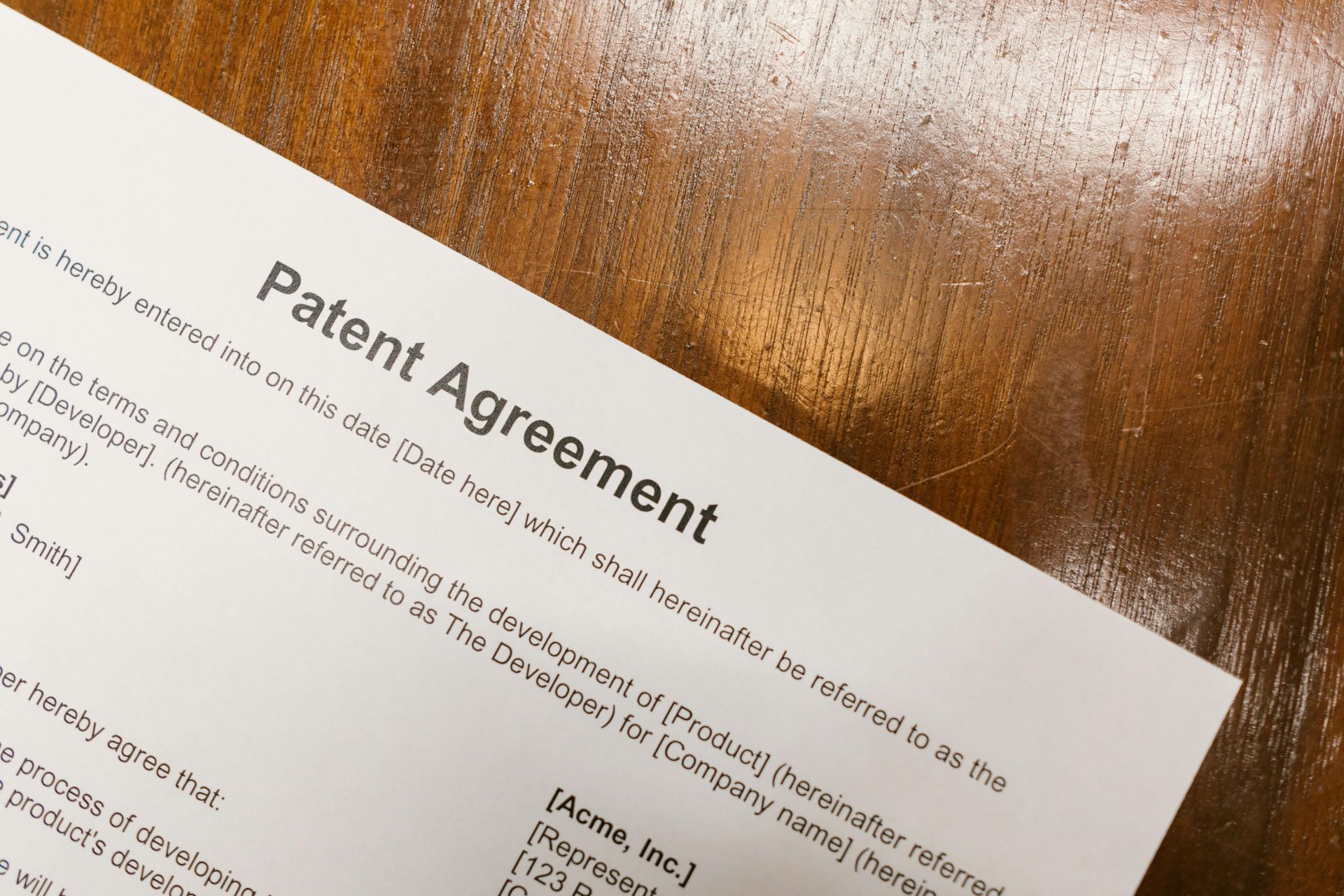How to Respond to a Trademark Office Action with Legal Help
What is a Trademark Office Action?
A Trademark Office Action is a formal communication issued by the United States Patent and Trademark Office (USPTO) in response to a trademark application. It serves as a notification to the applicant that their application has encountered issues that need to be addressed before the trademark can proceed to registration. These issues can range from minor procedural errors to substantive legal concerns. The purpose of an Office Action is to ensure that trademarks meet the legal requirements for registration, protecting both the applicant’s rights and the integrity of the trademark system.
Common reasons for the issuance of an Office Action include missing documentation, incorrect filing fees, or substantive refusals such as a likelihood of confusion with an existing trademark or a claim that the mark is too descriptive. Understanding the nature of the Office Action is the first step in crafting an effective response. Whether the issues are minor or complex, addressing them promptly and thoroughly is crucial to keeping your application on track.
Types of Trademark Office Actions
Non-Substantive Office Actions
Non-substantive Office Actions typically involve minor procedural issues that are relatively easy to resolve. These may include incomplete forms, missing signatures, or incorrect payment of fees. For example, if an applicant forgets to include a required declaration or fails to submit a proper specimen of use, the USPTO will issue an Office Action requesting the missing information. These types of Office Actions are straightforward and often require minimal legal expertise to address.
While non-substantive issues may seem trivial, they should not be ignored. Failing to respond within the specified timeframe can result in the abandonment of your application. Applicants should carefully review the Office Action, correct the errors, and submit the required information promptly to avoid unnecessary delays.
Substantive Office Actions
Substantive Office Actions, on the other hand, involve more complex legal issues that require a detailed and strategic response. These may include refusals based on the likelihood of confusion with an existing trademark, claims that the mark is merely descriptive or generic, or assertions that the mark fails to function as a trademark. For instance, if the USPTO determines that your trademark is too similar to another registered mark, they may issue a refusal citing potential consumer confusion.
Responding to substantive Office Actions often requires a deep understanding of trademark law and the ability to craft persuasive legal arguments. Applicants may need to provide evidence, case law, or expert opinions to support their position. Due to the complexity of these issues, seeking legal assistance from a trademark attorney is highly recommended.
Why You Should Seek Legal Help for a Trademark Office Action
Navigating the intricacies of trademark law can be daunting, especially when faced with a substantive Office Action. Professional legal assistance can make a significant difference in the outcome of your application. Trademark attorneys have the expertise to interpret the USPTO’s concerns, identify the best course of action, and craft a compelling response.
One of the key benefits of hiring a trademark attorney is their ability to avoid costly mistakes. A poorly drafted response or failure to address all issues raised in the Office Action can lead to rejection or delays. Attorneys also have access to resources and precedents that can strengthen your case, such as prior USPTO decisions and case law. Additionally, they can anticipate potential objections and proactively address them in your response.
While legal help may involve upfront costs, it can save you time, money, and frustration in the long run. By increasing the likelihood of a successful response, an attorney can help you secure your trademark rights and protect your brand.
Steps to Responding to a Trademark Office Action
Step 1: Review the Office Action Thoroughly
The first step in responding to a Trademark Office Action is to carefully review the document to understand the specific issues raised by the USPTO. Pay close attention to the type of Office Action (non-substantive or substantive) and the reasons for refusal or requests for additional information. This will help you determine the scope of your response and the evidence or arguments needed to address the concerns.
Step 2: Gather Supporting Evidence
Once you understand the issues, start gathering supporting evidence to strengthen your case. This may include documentation proving the distinctiveness of your mark, examples of how your trademark is used in commerce, or arguments addressing the likelihood of confusion. For substantive refusals, you may need to provide case law or expert opinions to support your position.
Step 3: Draft a Comprehensive Response
Your response should be well-structured and address each issue raised in the Office Action. Begin by summarizing the USPTO’s concerns, followed by your arguments and supporting evidence. Use clear and concise language, and ensure that your response is legally sound. If you’re unsure how to draft a response, consult a trademark attorney for guidance.
Step 4: Submit Your Response on Time
Timeliness is critical when responding to an Office Action. The USPTO typically provides a six-month deadline for responses, and failure to meet this deadline can result in the abandonment of your application. Submit your response well before the deadline to allow time for corrections or additional submissions if needed.
Common Challenges in Responding to Trademark Office Actions
Likelihood of Confusion
One of the most common reasons for substantive refusals is the likelihood of confusion with an existing trademark. To address this issue, applicants must demonstrate that their mark is sufficiently distinct and unlikely to cause consumer confusion. This may involve comparing the marks’ appearance, sound, meaning, and commercial impression, as well as the goods or services they represent.
Descriptiveness or Genericness
Another frequent challenge is overcoming claims that a trademark is merely descriptive or generic. To counter these refusals, applicants can argue that their mark has acquired distinctiveness through extensive use in commerce or provide evidence that the mark is inherently distinctive.
Specimen Refusals
Specimen refusals occur when the USPTO determines that the submitted specimen does not adequately demonstrate the mark’s use in commerce. To resolve this issue, applicants should provide a new specimen that meets the USPTO’s requirements, such as a label, packaging, or website screenshot showing the mark in use.
How Legal Professionals Can Help Strengthen Your Response
Legal Expertise in Trademark Law
Trademark attorneys have specialized knowledge of trademark law and the USPTO’s procedures. They can craft persuasive arguments, anticipate objections, and ensure that your response meets all legal requirements.
Access to Resources and Precedents
Attorneys have access to case law, prior USPTO decisions, and other resources that can support your application. By leveraging these tools, they can strengthen your response and increase the likelihood of approval.
Avoiding Common Pitfalls
Legal professionals can help you avoid common mistakes, such as submitting incomplete responses or failing to address all issues raised in the Office Action. Their expertise ensures that your application remains on track.
Tips for Choosing the Right Trademark Attorney
Experience in Trademark Law
Choose an attorney with a proven track record in handling Trademark Office Actions. Look for professionals who specialize in intellectual property law and have experience with similar cases.
Clear Communication and Transparency
Ensure that your attorney communicates clearly and keeps you informed throughout the process. Transparency about fees, timelines, and expectations is essential for a successful partnership.
Cost Considerations
While quality legal help is invaluable, it’s important to balance expertise with your budget. Request a detailed fee structure and consider attorneys who offer flexible payment options.
What Happens After You Respond to a Trademark Office Action?
After submitting your response, the USPTO will review your arguments and evidence. Possible outcomes include approval of your application, issuance of a final refusal, or further objections requiring additional responses. If your application is approved, your trademark will proceed to registration. If refused, you may have the option to appeal the decision or file a new application.
Final Thoughts: The Value of Legal Assistance in Trademark Applications
Responding to a Trademark Office Action can be a complex and challenging process, but with the right legal help, you can navigate the obstacles and maximize your chances of success. Trademark attorneys bring expertise, resources, and strategic insight to the table, ensuring that your application is handled with care and precision. By investing in professional assistance, you can protect your brand and secure your trademark rights with confidence.
Get a Free Case Evaluation




